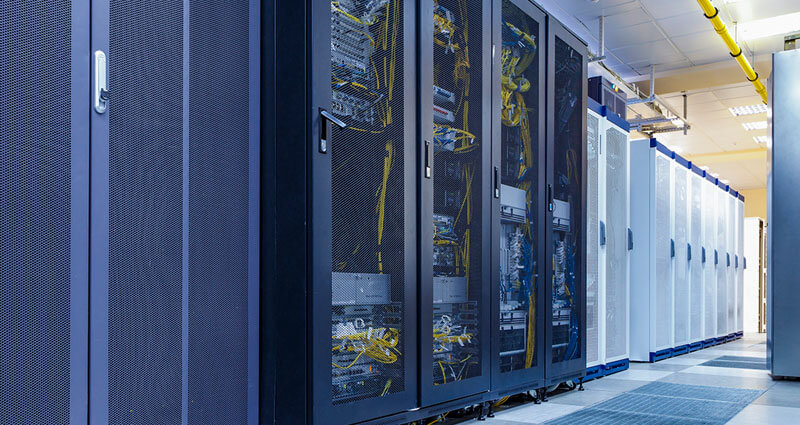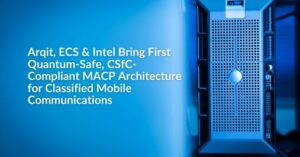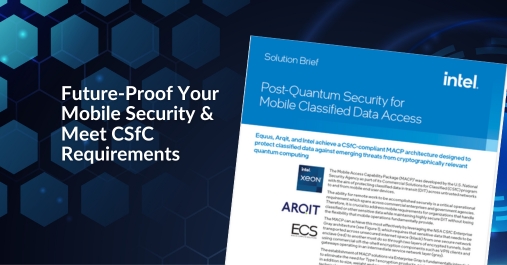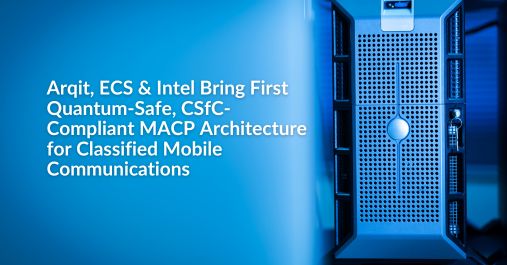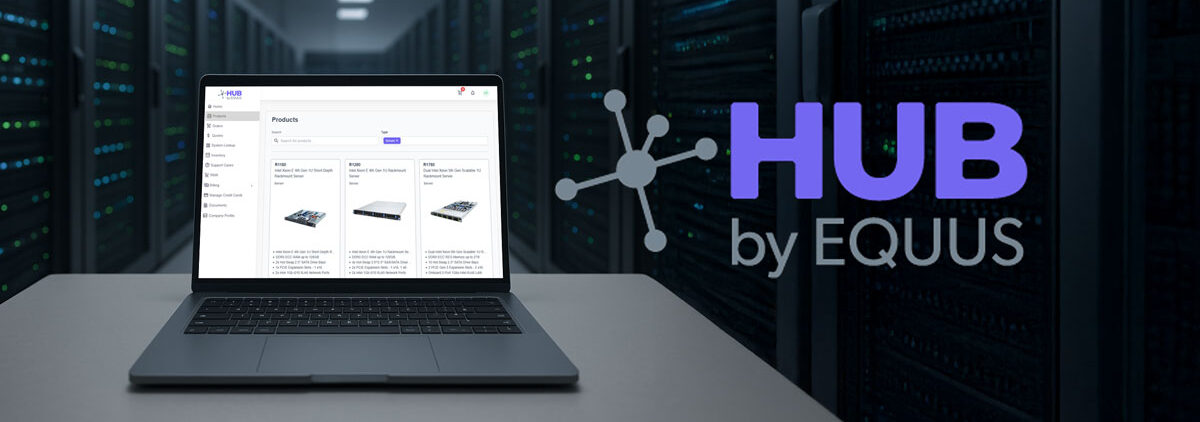Usage efficiency is one of the more important metrics when calculating the cost of your company’s computing infrastructure. For example, suppose a similar-sized organization to yours spends double on its hardware. If utilization is at 30%, the organization will likely have worse performance despite investing more in hardware. Composable infrastructure was created to solve this usage problem.
Composable infrastructure is a term used to describe an approach in which computing, networking, and storage can be disaggregated and put back together virtually, in any combination, as needed. This allows for better hardware usage and faster adaptation to changing business needs — solving many of the usage problems in traditional data center architecture. In this article, we’ll discuss why composable infrastructure is here to stay and not merely a technology trend.
Composable Infrastructure Is on the Rise
The composable infrastructure market is expected to grow at a CAGR of 50.4% from 2022 to 2030. This growth is due to the growing need for composable infrastructure in data centers. Organizations are looking for ways to use their computing infrastructure more flexibly, and composable infrastructure helps them do that.
Composable infrastructure isn’t just a trend; it’s a permanent strategy for data centers. Here are five reasons why:
- The growth of cloud computing and big data. The cloud and big data are both driving the need for composable infrastructure. With the cloud, organizations can quickly and easily deploy applications and resources as needed. And with big data, organizations need to analyze large amounts of data quickly. Composable infrastructure helps them do both of those things.
- The rise of DevOps. DevOps is another driver of composable infrastructure. DevOps relies on having a flexible, agile IT infrastructure that can quickly adapt to changes in requirements. Organizations achieve that agility with composable infrastructure.
- The move to disaggregated hardware. Hardware is becoming more disaggregated, with components such as CPUs, GPUs, and storage being separate from one another. That makes it easier for organizations to mix and match components according to their needs. Composable infrastructure takes advantage of that disaggregation and makes it even easier for organizations to get the most out of their hardware investments.
- The rise of software-defined networking (SDN). SDN is making it easier for organizations to create custom network architectures that meet their specific needs. It meshes well with composable infrastructure by allowing organizations to create custom network configurations for each application or workload.
- Increased competition among hardware vendors. Hardware vendors are realizing that composable infrastructure is a key differentiator in the market. They’re beginning to offer composable Infrastructure-as-a-Service (IaaS) offerings, making it easier for organizations to adopt composable infrastructure without making significant changes to their existing IT environments.
Composable Infrastructure Enhances Flexibility and Scalability

Composable infrastructure is not a new concept. It has been around for years but has recently started gaining traction in the data center industry. The reason is simple: composable infrastructure allows organizations to use their computing infrastructure more flexibly.
In the past, data centers were designed around specific workloads. Meaning that if a data center needed to run a new type of workload, it would need to purchase new hardware and reconfigure the entire infrastructure. However, with composable infrastructure, organizations can simply add the hardware they need and configure it to work with their existing infrastructure. This approach greatly reduces the time and money required to adapt to changing business needs.
As we’ve seen, there are several reasons why composable infrastructure is so compelling.
- It is more flexible. As business needs change, composable infrastructure allows organizations to adapt their data center quickly to meet those needs.
- It is more efficient. By disaggregating computing, networking, and storage, composable infrastructure allows organizations to use only the resources they need — reducing wasted capacity and costs.
- It is more resilient. By disaggregating resources, composable infrastructure provides built-in redundancy that can help keep data centers up and running even in the event of hardware failures.
Composable infrastructure is not without its challenges. Among those challenges is the need for tight integration between hardware and software and the risk of vendor lock-in. Additionally, composable infrastructure can be complex to manage, leading to higher administrative costs. Even so, the flexibility and scalability improvements outweigh whatever challenges an organization may have to overcome.
How Can You Get Started With Composable Infrastructure?
You may wonder what hardware it will take to help your organization implement composable infrastructure. Our team is experienced in helping companies design, deploy, and support composable systems. We can help you analyze your current hardware needs and build infrastructure that facilitates growth. Contact us to learn more.

